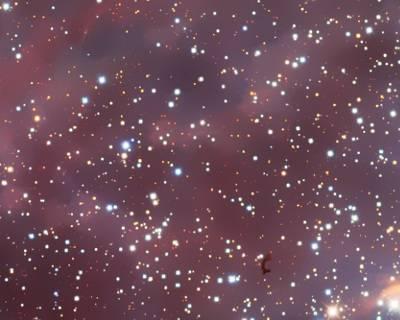search
subject
| disease | Mediastinal Emphysema |
smart_toy
bubble_chart Overview
Pneumomediastinum can be classified into traumatic, inflammatory, and spontaneous types, with the latter often caused by rupture of pulmonary emphysema into the mediastinum.
bubble_chart Auxiliary Examination
X-ray examination reveals an air-filled band shadow adjacent to the mediastinum on the chest film, with subcutaneous emphysema visible in the imaging.
- Medical history:
- Tracheal or esophageal rupture after injury allows gas to enter the mediastinum; neck or chest trauma can also cause mediastinal emphysema.
- A history of obstructive pulmonary disease, with mediastinal emphysema occurring after rupture of a pulmonary bulla.
- Performing pneumoperitoneum or other abdominal insufflation may allow gas to enter the mediastinum through defects in the thoracoabdominal membrane, leading to mediastinal emphysema.
- Presence of a neck drainage tube, where intrathoracic negative pressure draws air along the drainage tract, causing mediastinal emphysema.
- Symptoms: Most patients are anxious, but dyspnea is not severe.
- Sign: In cases with subcutaneous emphysema, crepitus is palpable under the skin, more pronounced in the neck and upper chest.
bubble_chart Treatment Measures
- The primary focus is on treating the underlying disease, and subcutaneous decompression is usually unnecessary. However, in cases of tension pneumothorax, a transverse incision can be made above the sternal notch to relieve gas pressure.
- Antibiotics should be administered to prevent and treat pulmonary infections.
- Maintain airway patency by using nebulized inhalation and promptly clearing respiratory secretions.





